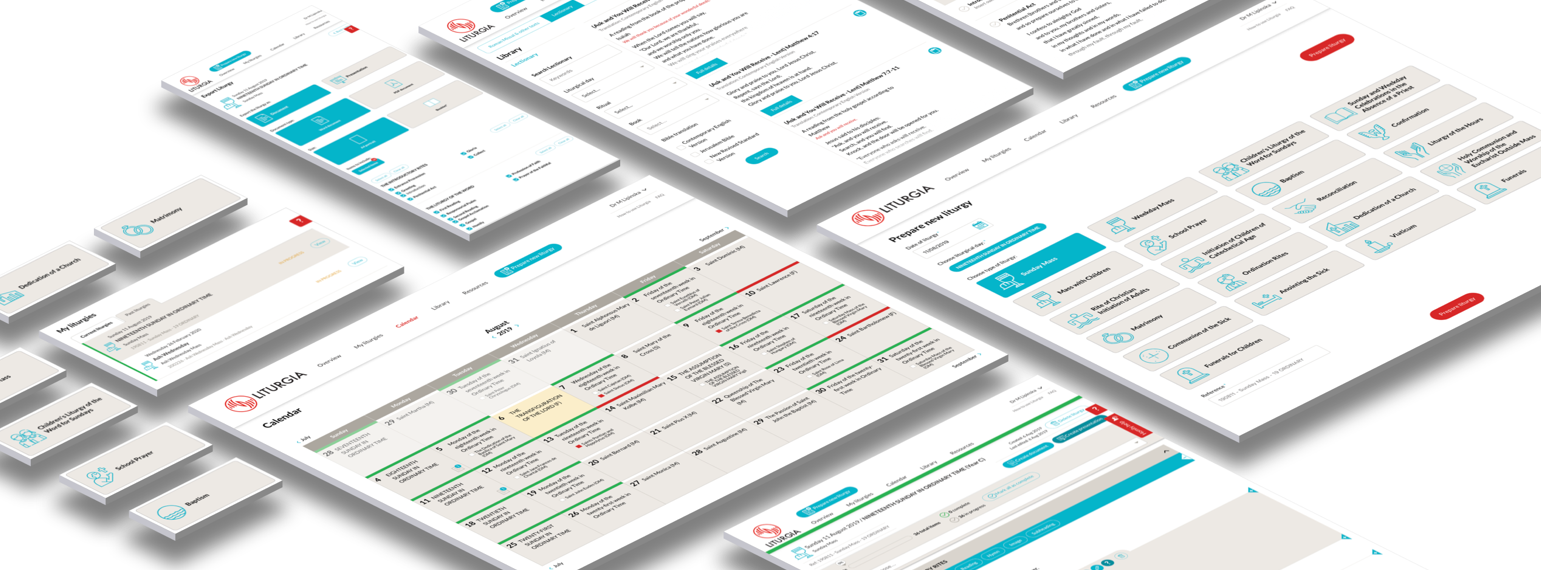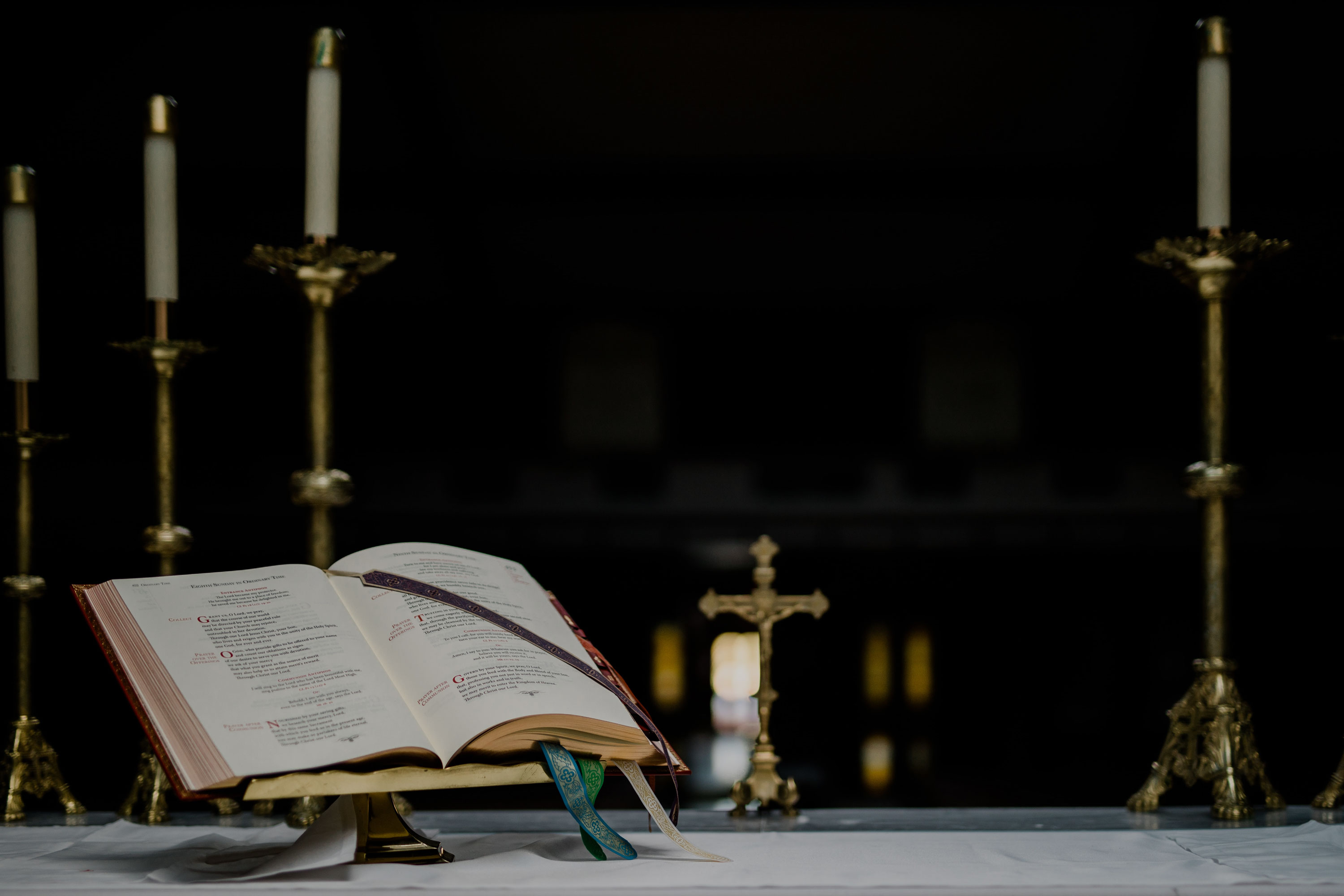Liturgia was a complex project with a highly technical product that required a unique solution. It was a challenge to build a platform that would house over 2,000 years of the Catholic Church liturgies, rules, and intricacies.
Zeroseven built a custom solution that would empower Liturgy Brisbane to build content, rules, and help parishes to streamline the process of creating liturgies.

It was a real pleasure to bring our technical analysis skills to this project and together, with the team from Liturgy Brisbane, we were able to dissect and systemise a complex set of rules and create a user-friendly system that adds huge value to the Australian Catholic church.
The brief
Liturgy Brisbane was looking to take the creation of liturgies online so that priests and parish administrators could simplify the process of creating liturgies without referencing multiple texts or materials. This would help to reduce their planning time for weekly Mass, funerals, weddings, baptisms, and children's liturgies. These liturgies also needed to be distributed as printed booklets and powerpoint presentations for the congregation.
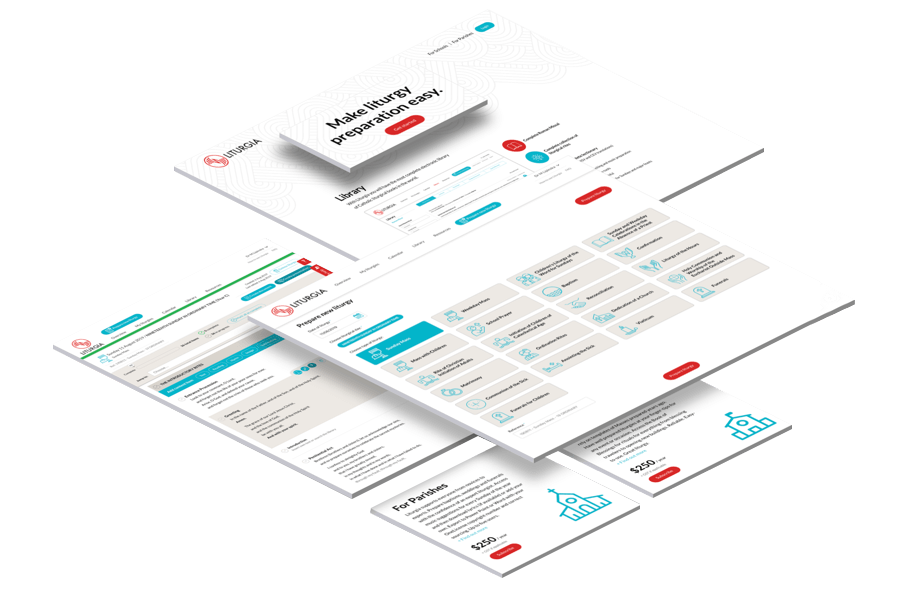
To provide some context on the scale of the data there are:
- 80+ liturgy templates
- 2,500 structured content sections in the template
- 3 bible translations
- 5 seasons
- 600+ liturgical days divided in rank including solemnities, feasts and memorials
- 1000+ hymns
- 7500 Roman Missal texts and prayers
- 9000 readings in the Lectionary
The liturgy elements are also impacted by the liturgical year and alternative translations of the Bible.
Liturgy Brisbane had briefed 5 web development agencies, including Zeroseven.
Product research
Regularly working across multiple industries, Zeroseven utilises the expertise of our clients to understand the intricacies of their domain and then attempt to convert that knowledge into application-specific requirements. Generally Zeroseven can assist with a number of application basics from a high-level understanding of the project.
These include:
- technology choice
- determining how to manage users, their subscriptions and payments
- how security should be addressed
- what web administration is required.
However, it requires both parties to bring their expertise and it’s a group effort to combine this into a domain specific application.
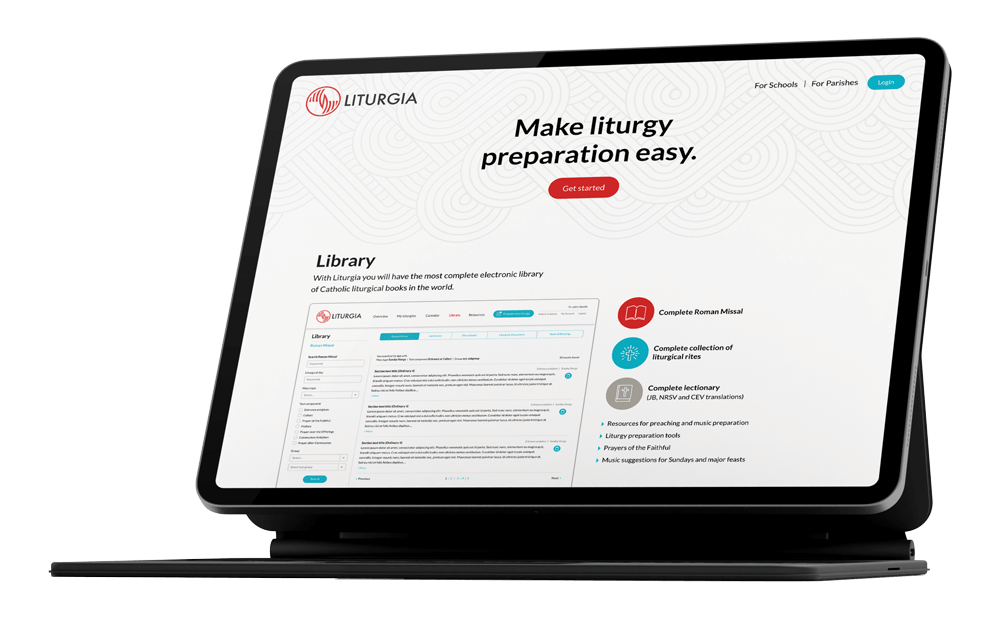
In this instance, it was more complex than usual, as there has been literally two millennia of generating, combining and revising rules to make the structure of the Liturgy of the Catholic Church, and we now had to attempt to understand and convert them into a process driven application.
In order to meet this brief with the best possible solution, Managing Director Chris set to work on researching many different facets of the Catholic Church liturgies and what tech stack would be suitable.
Not many projects can claim such a historic background and we found that the complexity of the rules matched the length of the time honing them.
Project management
The agile methodology of building a base of rules as we went allowed us to quickly reach a point where it became clear that if we continued to program each of the hundreds of rules for generating a liturgy, we would create a system that would lose its flexibility and would rely upon us to program every possible variation and so we took a step back and addressed the issue from a different angle.
We looked at how we could build an application that would allow Liturgy Brisbane to manage the rules themselves and so we devised a simple rules engine. This would allow an administrator to create their own templates, with sections for texts, readings, hymns, images and specify how to determine which content should be brought in as the default and what alternatives are allowed. There are many elements around this, including tagging content, flagging liturgical days and maintaining the calendar, but the key elements are the steps that the administrator can apply to the template section.
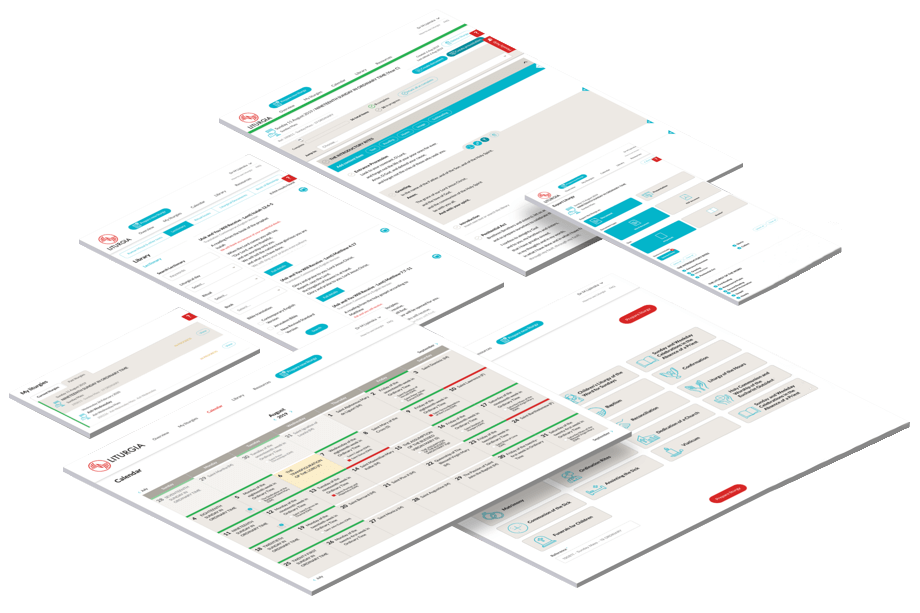
Design and UX research
Design would be a key element of this project given the potential for varying degrees of computer literacy across subscribers. To meet this we had multiple requirements gathering sessions with Liturgy Brisbane, planning the UX, developing wireframes and developing a working prototype for testing.
User testing was conducted on the prototype in hour-long face-to-face sessions where participants were asked to complete different tasks. Different types of users were tested, priest/clergy, parish secretary/admin user, younger user, older user; the feedback was collated and the prototype revised.
The website was purposefully designed to be clean and fresh, using lots of white and graphics only (rather than photos). Considering that there are many older users of this product everything had to be clear and simple, showcasing the easy-to-use interface as well as simply explaining the subscription model of the product.
The Liturgia software itself also followed this clean and fresh approach using the same colours for a seamless approach. We made this easy to use with intuitive and contextual actions

During user research, we learnt that the Liturgia software was going to be used by people with varying levels of computer experience and different processes for planning a liturgy. The interface had to be intuitive and appear simple even when complex processes were happening in the background.
Visually, if the interface was clean and simple, and there was contextual help, it left the user feeling they'd had a great experience with the software and it wasn't a chore to come back and use it again.
The result
Subscribers have reported that Liturgia is easy to use, and provides an enormous range of functionality. The ability to issue licences and manage subscriptions from the Liturgy Brisbane Admin portal is fantastic.
Some suggestions have been made for inclusion in the future as the program can keep evolving thanks to the custom build and setup for Liturgy Brisbane.

This project has turned out exactly as we hoped it would, and it has been a pleasure to work with the team from Zeroseven. We continued to modify the project as we went along, and Zeroseven were able to fulfil our requests each time. Communication was always excellent, and we were impressed with the intelligence and competence of the staff in turning our ideas into a functional and aesthetically pleasing program.
The team at Zeroseven came to have quite an intricate understanding of complex liturgical rules and could make suggestions for clearer ways to present information or improve the user experience.
